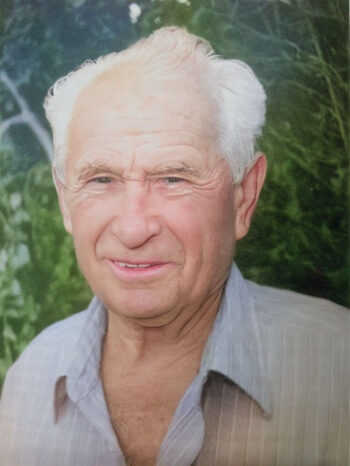Eisenschmidt, Eliezer

Eliezer Eisenschmidt (born 1920) was deported to Auschwitz, arriving there on 8 December 1942. He testified about his alleged experiences in Auschwitz only in 1993, when interviewed by Israeli historian Gideon Greif. Although he arrived at Auschwitz just two days after Szlama Dragon and claims to have worked at the same place and at the same time, his description of the labor units, of the buildings, and of the events diverge noticeably from Dragon’s. Moreover, neither the Dragon brothers knew anything about Eisenschmidt, nor Eisenschmidt about the brothers.
Eisenschmidt furthermore also contradicts himself with two equally absurd claims about how the open-air incinerations of the corpses were carried out: first he stated that the “fire was started before the bodies were thrown in,” meaning that the corpses must have been hurled onto the conflagration by means of some catapults, as the heat would not have allowed anyone to get near the fires. But then he insisted that “all the bodies were placed in the pits,” after which the fire was lit, initially fueled by some wooden beams and gasoline – but once this fuel had been consumed, the bodies burned all by themselves: “the fat of the bodies would fuel the fire. In other words, the bodies themselves were the fuel. […] Later on, the fire was fed by the fat of the bodies that remained in the pits.” However, self-immolating bodies simply do not exist.
After the end of the bunkers’ operation, Eisenschmidt claimed to have been transferred to Crematorium V, where he and his teammates allegedly “let the fire billow up the smokestacks” during Allied bombing raids in 1944 in a futile attempt to attract the attention of the bombers overhead. However, the crematorium’s long smoke ducts and stacks did not allow any flames to reach the outside.
Although Eisenschmidt never worked in Crematoria II or III, he claimed to know how the corpses were brought from the elevator to the furnaces: they were loaded “onto [rail] carts,” then moved from the carts onto stretchers, and then pushed with those stretchers into the muffle. While Crematorium II was initially equipped with a corpse-introduction cart – which brought the corpses from the elevator to the furnace and introduced them into the muffle – that system was dismantled at the end of March 1943 and replaced with simple stretchers. Hence, his tale is proof of his confusion caused by hearsay rather than his own experience. (For more details, see Mattogno 2022e, pp. 143-154.)

You need to be a registered user, logged into your account, and your comment must comply with our Acceptable Use Policy, for your comment to get published. (Click here to log in or register.)